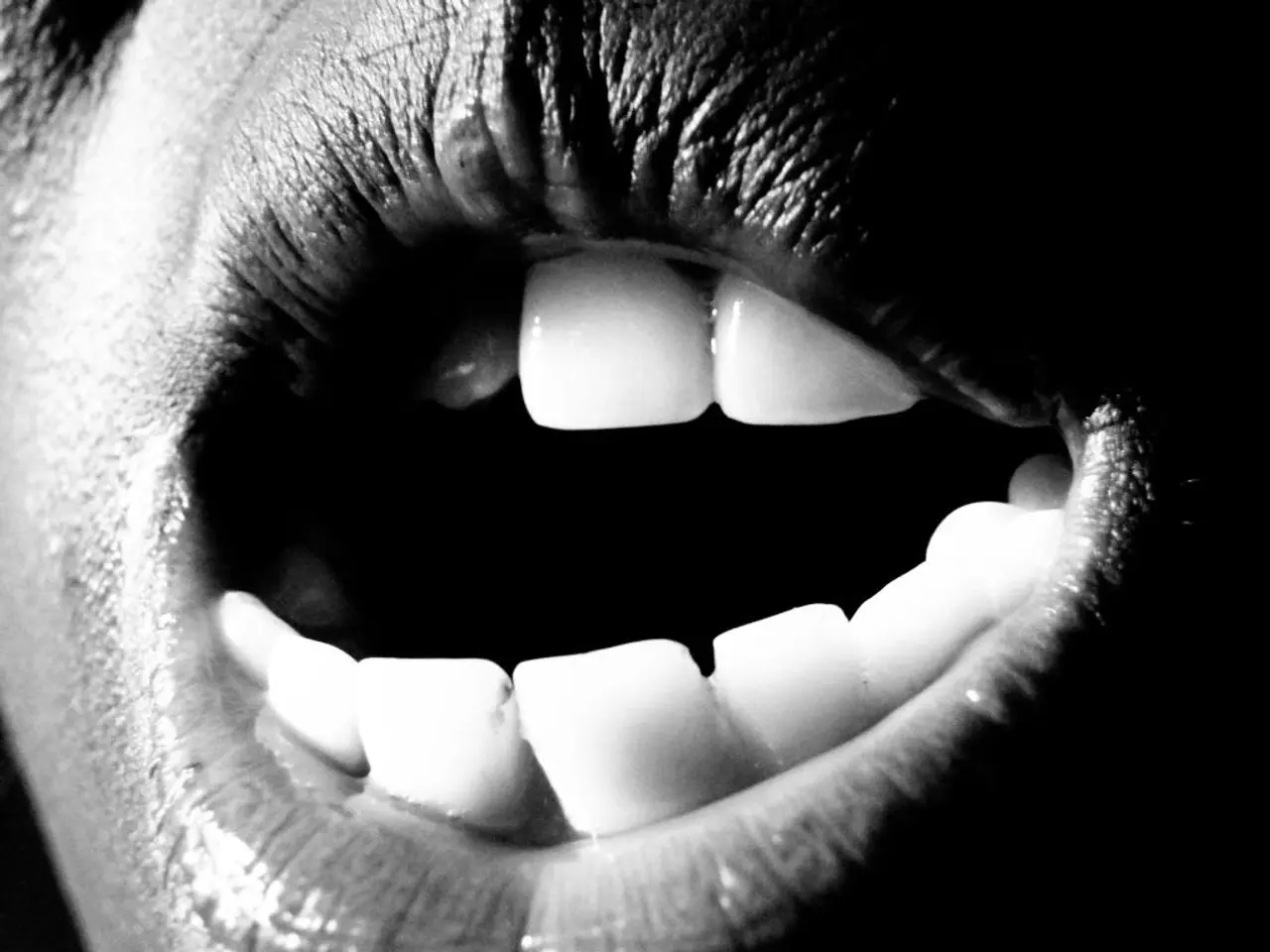The value of supplementary dental insurance for children's oral health care.
In the world of children's dental care, orthodontic treatment can often be a significant expense. However, the decision between self-saving and investing in dental supplementary insurance can make a substantial difference.
Most dental insurance plans for children include orthodontic benefits, particularly when braces are required due to medical necessity, such as correcting severe misalignments affecting oral health. These plans often have lifetime maximum benefits, so it's crucial to check specific coverage limits.
Self-saving and paying out-of-pocket can avoid insurance premiums but require discipline to accumulate sufficient funds. Braces can cost between €3,000 and €6,500, and dental insurance may cover up to 80% of these costs. Some orthodontists also provide flexible financing or payment plans, which may help manage expenses without insurance.
Dental supplementary insurance for children can cover a significant portion of the cost of braces, typically 50% to 80%, making it generally cost-effective compared to self-saving. This insurance can also cover the 20% co-payment in advance for treatments in KIG 3 to 5.
Factors to consider in deciding include the medical necessity of braces, coverage caps and premiums, the flexibility of payment plans, and potential savings. If you want to ensure coverage against high costs with partial payment help, supplementary dental insurance is generally advisable for children likely to need braces. If the risk or need is low, or you prefer to avoid premiums, self-saving combined with orthodontist financing options could be a more cost-effective approach.
Taking out dental supplementary insurance for a child before the age of 4 helps avoid exclusions and ensures full coverage for dental care. Parents rarely pay more than €2,500 for additional services with dental supplementary insurance for children.
Dental supplementary insurance for children offers benefits like inside and transparent braces, sealing of teeth, mini-brackets, and tooth stabilizers. It can cover high costs for braces, fissure sealing of the 8 premolars, dental cleanings, dental fillings, root and periodontitis treatments, and dental prosthetics.
However, for treatments in KIG 2 and less severe misalignments, parents have to pay for orthodontic treatment themselves. Statutory health insurance covers the costs for braces in KIG 1 (mild misalignment) within standard care, but not for KIG 2 and less severe cases. For treatments in KIG 3 to 5, the health insurance company will initially only cover 80% of the costs.
In conclusion, dental supplementary insurance can provide a safety net for high orthodontic costs, especially for children with more severe misalignments. It's essential to weigh the benefits against the premiums and consider your child's specific dental needs to make an informed decision.
- Compared to self-saving, dental supplementary insurance for children can significantly help cover the cost of braces.
- Orthodontic benefits in dental insurance plans for children often come into play when braces are required due to medical necessity.
- Lifetime maximum benefits in children's dental insurance plans should be checked before making a decision.
- The average cost of braces ranges between €3,000 and €6,500, while insurance may cover up to 80% of these costs.
- Some orthodontists offer flexible financing or payment plans to help manage expenses without insurance.
- Dental supplementary insurance can cover 50% to 80% of the cost, making it generally cost-effective compared to self-saving.
- Factors to consider in deciding include the medical necessity of braces, coverage caps and premiums, and potential savings.
- If high costs with partial payment help is desired, supplementary dental insurance is generally advisable for children likely to need braces.
- If the risk or need is low, self-saving combined with orthodontist financing options could be a more cost-effective approach.
- Dental supplementary insurance for children should be taken out before the age of 4 to avoid exclusions and ensure full coverage for dental care.
- Parents rarely pay more than €2,500 for additional services with dental supplementary insurance for children.
- Benefits in dental supplementary insurance for children include inside and transparent braces, sealing of teeth, mini-brackets, and tooth stabilizers.
- The insurance can cover high costs for braces, fissure sealing, dental cleanings, dental fillings, root and periodontitis treatments, and dental prosthetics.
- For treatments in KIG 2 and less severe misalignments, parents have to pay for orthodontic treatment themselves.
- Statutory health insurance covers the costs for braces in KIG 1 (mild misalignment) within standard care but not for KIG 2 and less severe cases.
- For treatments in KIG 3 to 5, the health insurance company will initially only cover 80% of the costs.
- Dental supplementary insurance can provide a safety net for high orthodontic costs, especially for children with more severe misalignments.
- The world of science and medical-conditions are deeply intertwined with advancements in chronic diseases, cancer, respiratory-conditions, and digestive-health.
- Eye-health and hearing, once considered separate fields, are now also a significant part of health-and-wellness in the industry.
- Fitness-and-exercise, nutrition, and weight-management have become key components in maintaining cardiovascular-health.
- Autoimmune-disorders and mental-health are being better understood due to dedicated research and awareness initiatives.
- Skin-care, therapies-and-treatments, and the wellness industry see a steady flow of innovation and investment in the market.
- Personal-finance and wealth-management are interconnected with areas like finance, cybersecurity, lifestyle, fashion-and-beauty, food-and-drink, investing, and home-and-garden.
- Business, personal-finance, and gadgets often overlap in discussions about technology, artificial-intelligence, relationships, pets, travel, cars, books, education-and-self-development, personal-growth, shopping, and social-media.
- Movies-and-TV, career-development, entertainment, celebrities, music, politics, pop-culture, sci-fi-and-fantasy, general-news, crime-and-justice, and learning are topics that capture public attention.
- The insurance industry, Medicare, and CBD have shown significant growth and revolution in the realm of neurological-disorders, skin-conditions, and lifestyle changes.
- The importance of maintaining good health and well-being extends to every aspect of our lives, from our daily routines to our personal relationships, career development, and financial future.
- Informed decisions about one's health, finances, and life in general require ongoing education, awareness, and a commitment to personal growth and development.





